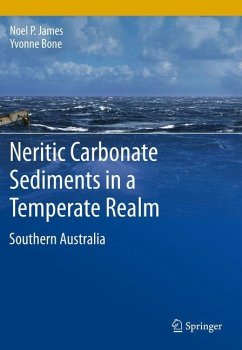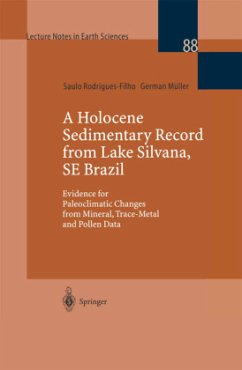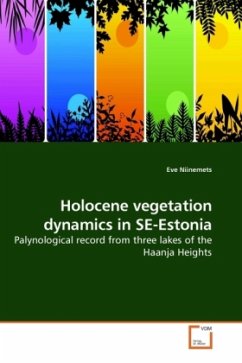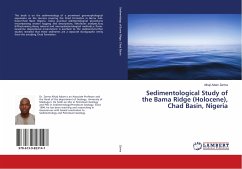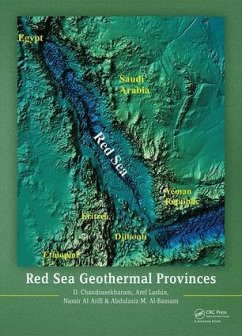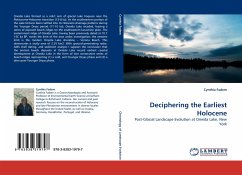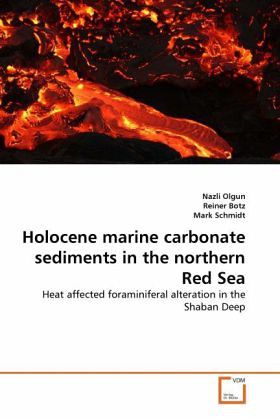
Holocene marine carbonate sediments in the northern Red Sea
Heat affected foraminiferal alteration in the Shaban Deep
Versandkostenfrei!
Versandfertig in 6-10 Tagen
32,99 €
inkl. MwSt.

PAYBACK Punkte
16 °P sammeln!
The Red Sea, one of the warmest and saltiest water bodies in the world, is a recent example for ocean basin formation by break of a continent, which makes it a perfect study area to investigate the early stage of the formation of an ocean basin (e.g. magma intrusion). This book provides new data of the two sediment cores from the Shaban Deep in the northern Red Sea. Although the two cores are located about a kilometer distance, distinctly different isotopic and geochemical signals were observed. Compared to the usual stable oxygen isotope ( 18O) signatures of planktonic foraminifera in the Red...
The Red Sea, one of the warmest and saltiest water bodies in the world, is a recent example for ocean basin formation by break of a continent, which makes it a perfect study area to investigate the early stage of the formation of an ocean basin (e.g. magma intrusion). This book provides new data of the two sediment cores from the Shaban Deep in the northern Red Sea. Although the two cores are located about a kilometer distance, distinctly different isotopic and geochemical signals were observed. Compared to the usual stable oxygen isotope ( 18O) signatures of planktonic foraminifera in the Red Sea, a strong negative 18O shift was seen in the core 17008-1. The planktonic foraminifera shells below 183 cm core depth, showed high degrees of diagenetic alteration. This alteration has not been caused by a hydrothermal input, but rather dominated by post-depositional alteration through hot pore-waters. The heat source is most likely to be basaltic intrusion occurred before 6 ka, and located close to the core 17008-1. These results will shed light on the geological construction of the Red Sea area as well as for investigating the hydrothermal activity and ore formation in the region.



